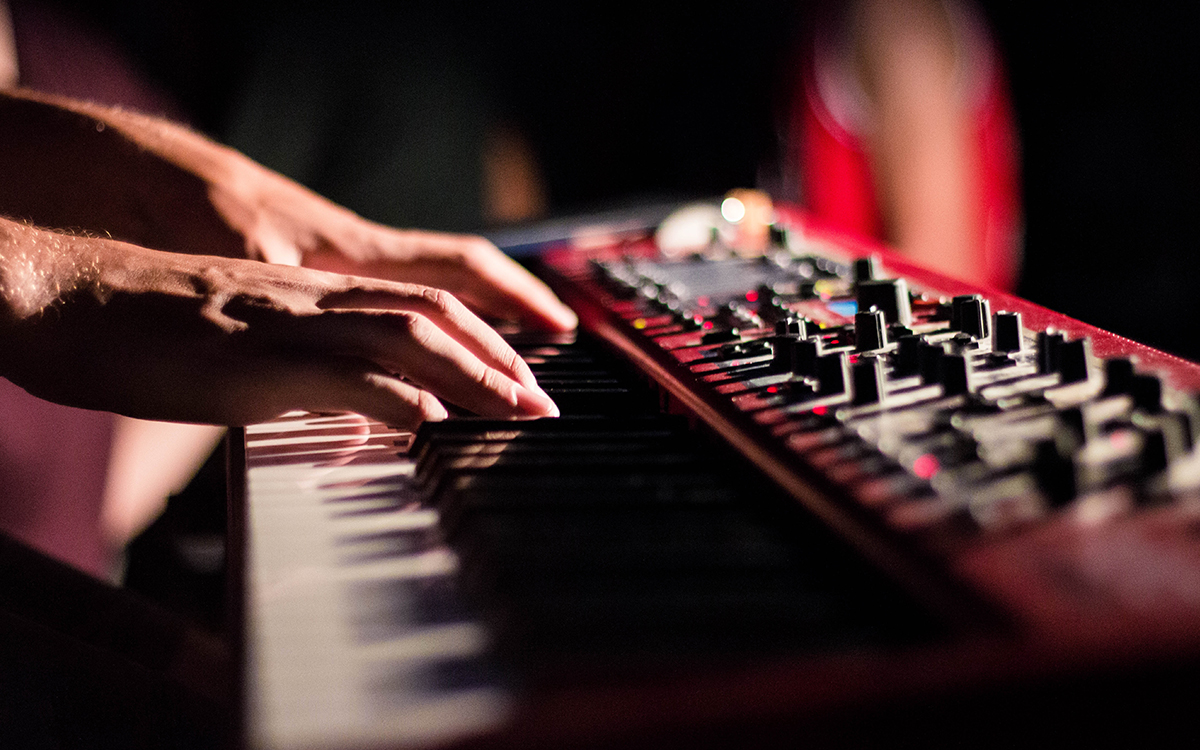
The keyboard has become increasingly popular and more and more people are learning it. There are few things you need to keep in mind once you have decided to take up keyboard lessons.
Master the basics
This is the fundamental step to learning anything. One should master the basics before moving on to the complex part. It will not only help you in conquering the complicated moves later on but also serve you well while learning. If you learn the basics, you will not have difficulty in understanding and practicing.
Find the right teacher
No doubt you might be able to find a great keyboardist who is willing to teach but make sure he/she is a great teacher as well. Communicating with the students and teaching them is not something that everyone can do. If you have a complex work or study schedule, confirm with your teacher that they are flexible enough to re-arrange classes at times or compensate for the classes that are missed.
There are also a few teachers who believe in being strict, being punctual and so on. It is always better to find a teacher who is friendly because they would be able to connect with you easily and you, as a student, would be able to clear your doubts without feeling troubled.
Get a good keyboard
Now that you have decided to get started with keyboard lessons, it is now time to buy a good keyboard. As a newbie in the world of musical instruments, if you do not have enough knowledge to purchase a keyboard yourself, ask your teacher or mentor to come along. You can also ask a friend who is knowledgeable to accompany you to help you out.
Do not go for virtual classes
There are thousands of websites offering videos, tutorials, theory knowledge and more out there. As a beginner, it is always better to learn from a teacher who can correct you immediately during your keyboard lessons. It is a great idea to use the internet to supplement your knowledge about the instrument, but relying on it alone for your learning needs is not advisable.
Practice!
Practice is something that one just cannot do without. If you aim to be an excellent keyboardist or are thinking of making it your career, any amount of practice is less during the beginning stage. Practice helps in letting you get adjusted to the feel of the keys under your fingers and you get better and better every day! Regular practice will also help you get accustomed to the placement of keys on the board.
Stick to a schedule
You might have a lot to study or a lot of unfinished work piled up. Make out a schedule and stick to it. Give yourself time to finish your work and allot a time for practice as well. This will help you in getting regular practice. If not for this, one would always be swamped with work and find no time to practice the keyboard.
Keyboards are expensive instruments. In order to make sure it lasts, you should take care of it well and learn to maintain it properly. If you are a beginner and do not own a keyboard yet, check out this link: https://www.absolutelyintuned.com.sg/how-to-buy-a-musical-keyboard/. For more on musical keyboards, you can refer to https://www.absolutelyintuned.com.sg/keyboards/ for more helpful tips.
